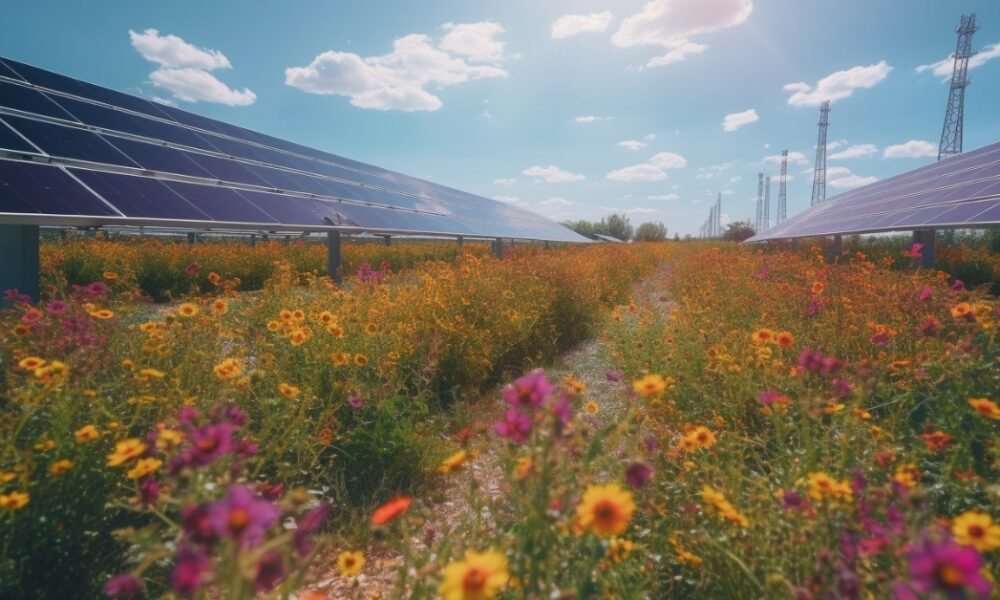Top UN Officials Resign Over The Organization’s Incapability To Protect Human Rights In Palestine
November 30, 2023

Solar farms are not just helping countries to solve energetic problems and becoming greener, but also could help animals and ecosystems.
By planting flowers, trees, plants or creating ponds, solar farms could become a refuge or even a home for diverse species. According to a document by Natural England, biodiversity-focused management of a solar farm could help birds, small mammals, insects, and plants.
One of the species that could benefit the most from this perspective of solar farms are bees and other pollinators. Bees and other insect species have experienced a major decline in the past years, suffering an annual decline of abundance fall around 1 to 2%, thanks to agriculture, deforestation, pollution, and other human activities. Creating more spaces where bees could live would help solve this problem, and solar farms are a great place to do this.
“Managing the vegetation inside the solar park to provide floral and nesting resources may be the one of the most effective ways that solar parks could help bumblebees,” Lancaster University Ph.D. researcher Hollie Blaydes told Treehugger.
The researchers from Lancaster University conducted research using a model in geographic information systems (GIS), and they found that solar parks adapted with flowers and plants could boost bumblebee numbers within 0.6 miles away. Also, if a solar farm adapted for bees is located near agricultural land, bees could boost local crops.
Some states from the US have enacted legislation to promote pollinator-friendly solar development (Illinois, Maryland, Minnesota, Missouri, New York, South Carolina, and Vermont). With these efforts, more states might want to join the solar revolution and help species.
In addition, growing flowers and other grass around solar farms could help to improve the efficiency of the solar panels. A study by Yale’s Center of Business and Environment found that the microclimate made by the plants helped the panels stay cooler, and when panels are cooled down, they are more efficient. Also, this study found that the plants helped reduce erosion, making the ground more suitable for water storing.
As solar farms are becoming more popular and helping more countries to boost their energy, more people are trying to make these farms greener and more efficient. It appears that, while the world is slowly turning into renewable sources of energy, there is also an opportunity for biodiversity to grow and heal.